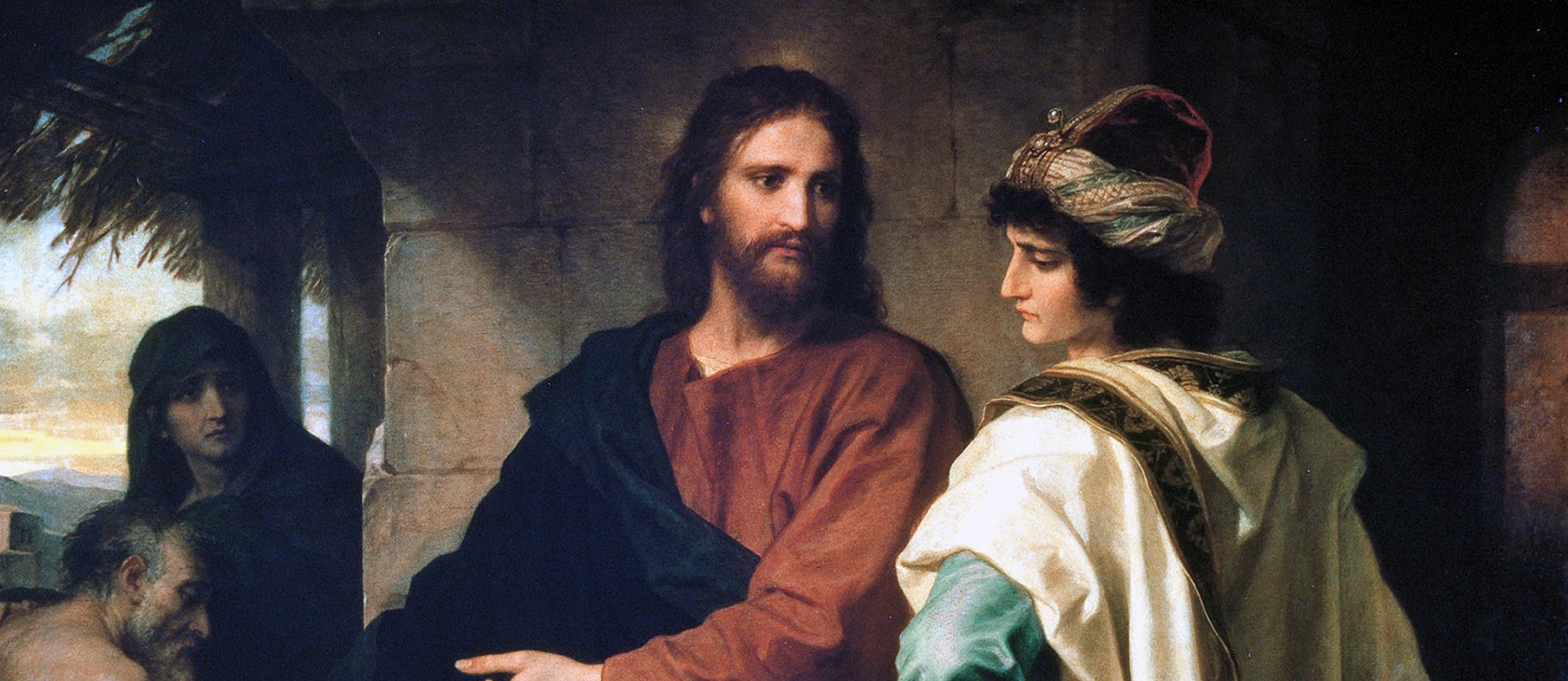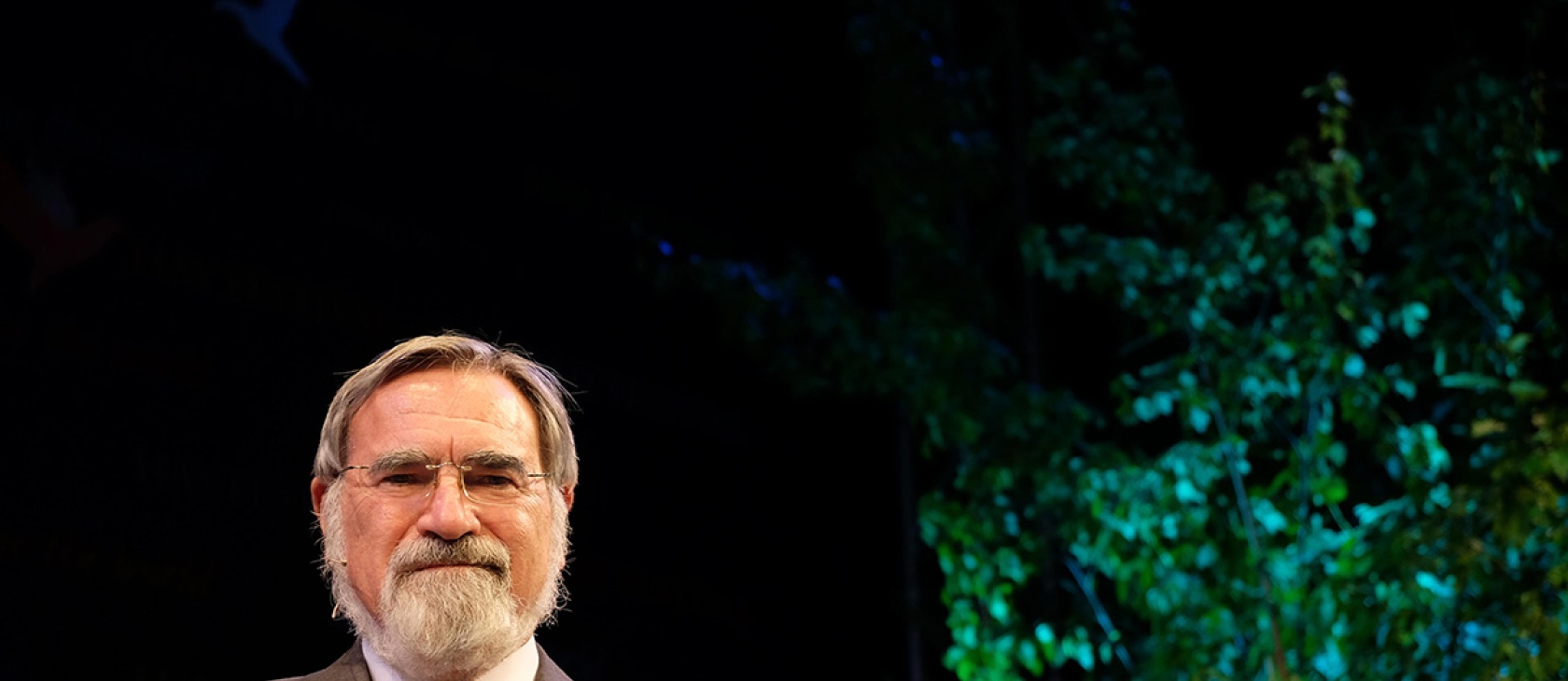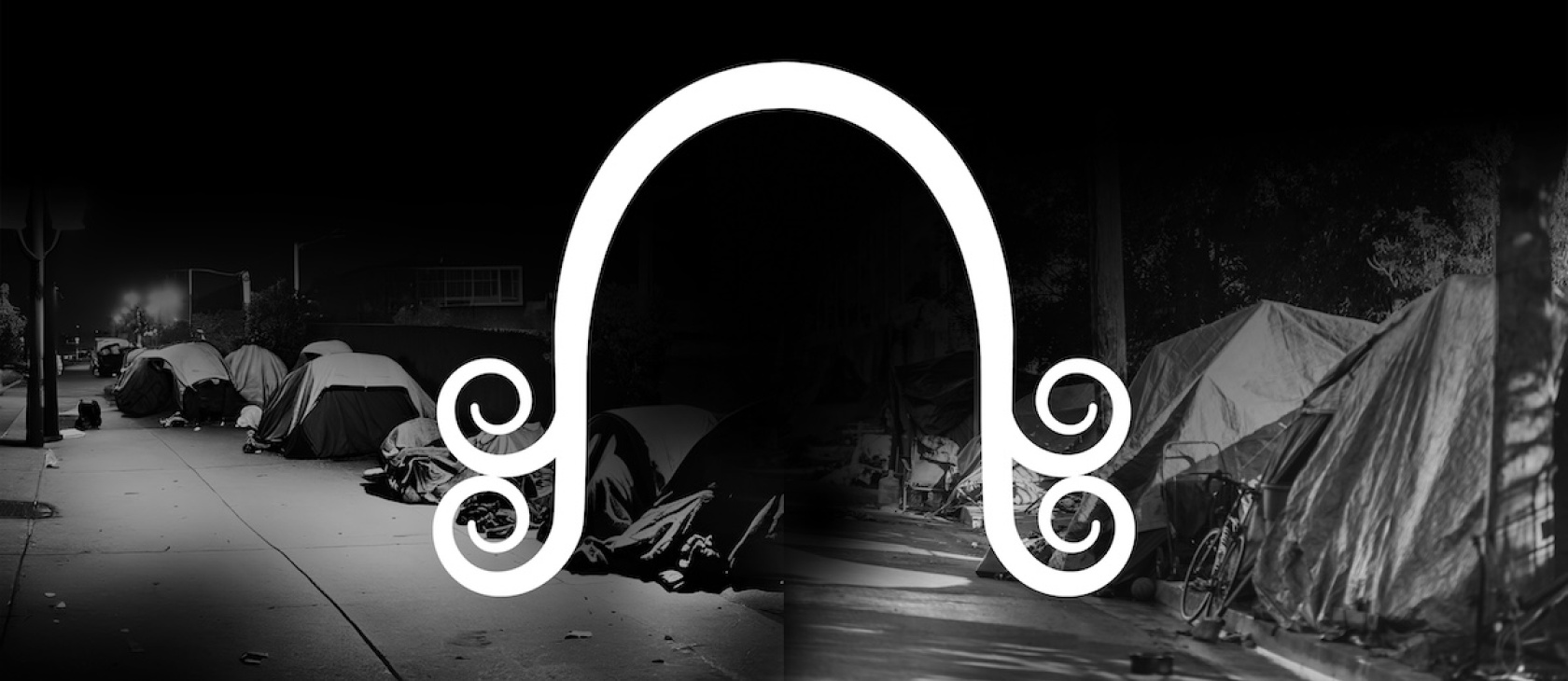


American political discourse has coarsened in recent years. Perhaps nowhere is this more evident than with the issue of poverty. As Mary Jo Bane and David T. Ellwood, both currently serving in the Department of Health and Human Services, put it, “when the topic of es up, dialogue often turns angry and judgmental; the prose es purple.”
Yet purple prose almost seems appropriate when dealing with today’s welfare system. It is, as many contend, overly expensive; the multiplicity of programs offer an open invitation to fraud. The federal benefits discourage work, encourage dependency, and undercut families. Others charge that the current system is patronizing and even dehumanizing. Americans are rightly disappointed with government’s care of the poor.
Into this swamp step Bane and Ellwood. Though hailing from the liberal side of the political spectrum, they’ve produced a book which largely steers clear of ideological shoals. Rather, they focus on presenting the reality behind the rhetoric, on which policy should be based.
They begin by describing the nature of the welfare system itself. In the early 1960’s it relied on what they call the “casework model”, focusing on home visits. Then came several years of “the legal rights movement”, based on the rather curious assumption that grantees had a higher moral claim to benefits than did taxpayers to their earnings. Then, write Bane and Ellwood, came “bureaucratization” through 1988, when Congress passed the Family Support Act, in an attempt to promote independence and self-sufficiency. Alas, the latter had only limited impact. Conclude the authors: welfare programs aimed at getting the recipient back into the work place, in certain circumstances, can have dramatic results. But dramatic change is the exception, not the rule.
Bureaucracies and regulations are not neutral, but create incentives. What, then, has been the impact of welfare on program beneficiaries? The answer should determine the direction of reform. As Bane and Ellwood explain: “If welfare is predominantly a short-term aid, with people moving quickly into private sources of support, then welfare is best understood as a transitional program. Dependency es less a worry, and policies designed to move people from welfare to work might be unnecessary ... But if welfare lasts a very long time, then the nature and the reasons for long-term use e important, and policy responses plex.”
Unfortunately, the dynamics of welfare are extraordinarily complex. Just 14 percent of spells on welfare last ten or more years. Yet 48 percent of current recipients move into and out of the program fairly quickly, a large number of chronic recipients dominate the system. The average number of years a woman will receive AFDC is twelve; more than half the current recipients at any one time will average ten years or more on welfare. The problem is particularly acute for single parents: “most unmarried mothers will eventually have relatively long durations.” Thus, while Bane and Ellwood argue that both liberals and conservatives are wrong about welfare dependency, the facts seem to point more to the right: although welfare does not ensnare the majority of its users, it does encourage dependency by many of the most vulnerable recipients. As Bane and Ellwood acknowledge, “race, education, marital status, work experience, and disability status all have especially strong relationships with welfare dynamics.”
Unfortunately, the middle three are all affected by the existence of welfare, since it enables teenagers to leave school, have children, eschew work, all the while forming separate households. Fully one-third of welfare recipients who were unmarried when they started on AFDC will collect benefits for at least ten years. Similar percentages of those who were under the age of 22, dropped out of high school, and had no recent work experience will also be on welfare for ten or more years. When these characteristics coincide — a recipient is both unmarried and a high school drop out — the likelihood of dependence rises sharply.
Thus, the authors advocate two basic steps, both “identifying long-term recipients and considering the cost-effectiveness of the proposed intervention.” They emphasize the importance of targeting, since “one size cannot possibly fit all welfare recipients.” They warn policymakers not to wait to see which recipients e long-term recipients. In practice this means directing employment, training, and other programs at young women with young children when they first apply for welfare. Bane and Ellwood also urge working “as hard at keeping people off as one does at getting them off.”
Sensible policies all, yet Bane’s and Ellwood’s research suggests that welfare caseloads are largely impervious to this sort of tinkering. Today, three of ten recipients escape welfare by marriage. Another ten percent exit when their children move beyond eligibility age. Twelve percent leave the rolls because other transfer e, such as disability payments, rise. In contrast, just one-quarter of “exits”, by one reckoning, reflect increased earnings, though Bane and Ellwood cite additional studies that indicate this figure may understate the actual number. So long as welfare’s basic incentive structure remains intact, policymakers are not likely to have a dramatic impact on the basic decisions that give rise to poverty — leaving school, failing to marry, having children out of wedlock, and so on.
Bane and Ellwood similarly dissect the problem of dependency. They review peting models: rational choice (recipients weigh costs and benefits); expectancy (people’s belief in their control over their destiny); and culture (personal, family, munity values). They conclude that “of the three models, the choice framework seems most effective in explaining the results, but that there are enough anomalies in the data to warrant looking beyond the pure choice model.” This finding merely reinforces the argument that Congress needs to change the system’s underlying incentives, which currently reward failure to form families, work, and finish school, all the while bearing children. The authors warn that past initiatives to promote work have had only a limited nature of reforms: “the results clearly suggest that modest changes in benefit policy (either liberalizing or tightening) in the range countenanced in relevant political debate, are unlikely to have major impacts on work and dependency. Other policy directions may be more fruitful.”
The authors go on to advance their proposals to increase self-sufficiency. Particularly important, in their view, is ensuring that people who work are not poor. As they report: “After government transfers, poor two-parent families with a full-time worker have es farther below the poverty line than single parent families on welfare or two parent families with an unemployed worker. The working poor are literally the poorest of the poor.” As a result, they endorse the Earned e Tax Credit and more effective child support enforcement.
Sensible as such steps might seem — and there is no serious argument against making fathers pay to support their children — they do not address the core problem of the welfare system: perverse incentives. Genuine reform requires more than tinkering; it requires reconsidering who should be eligible for what benefits when. Genuine reform also requires asking not just at what level, federal or state, welfare policy should be determined, but whether government should be making policy at all — whether charity should be left to private individuals, munities, and institutions.
Bane and Ellwood do not ask, let alone attempt to answer, these questions, so their solutions fall painfully short. Yet their thorough research and analysis will help policymakers who do ask such questions design new policies that might make a difference. In this way Welfare Realities should help Americans see through the purple prose that so often characterizes the welfare debate.









